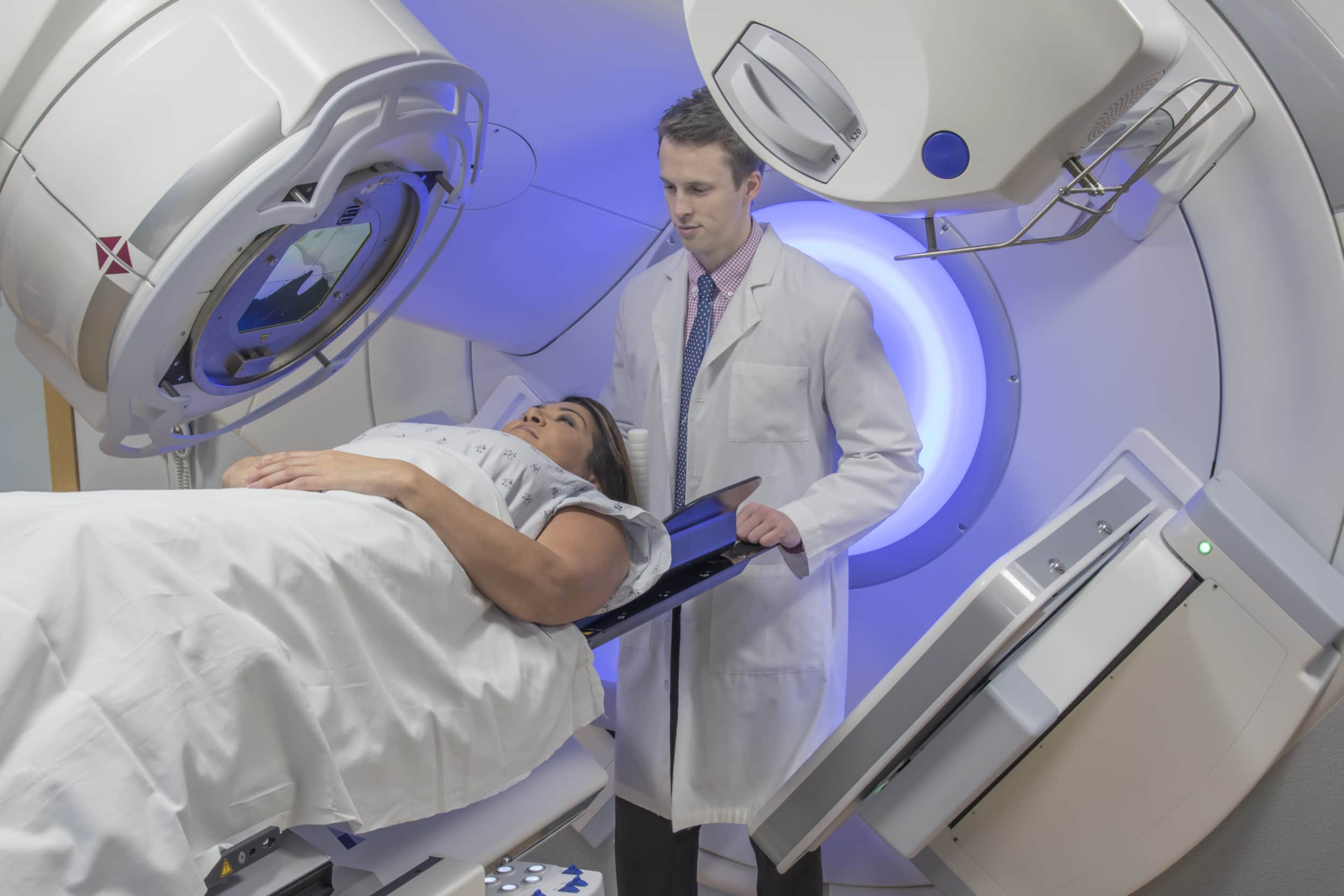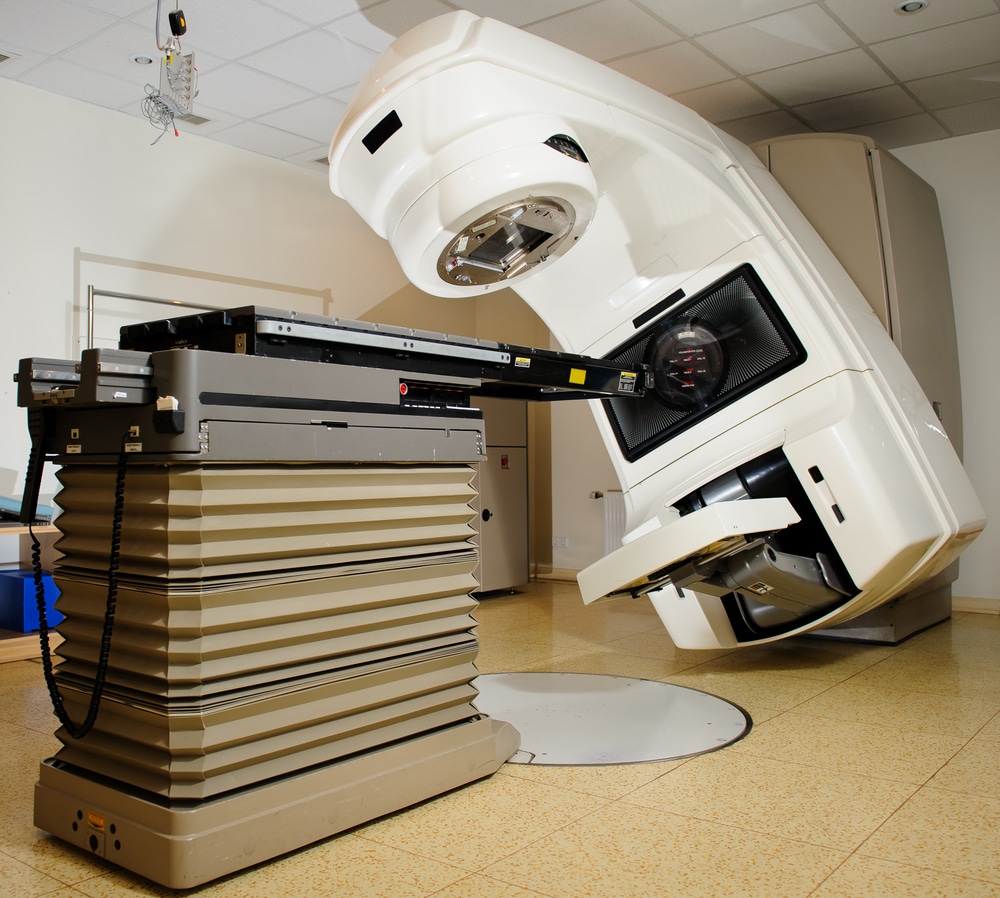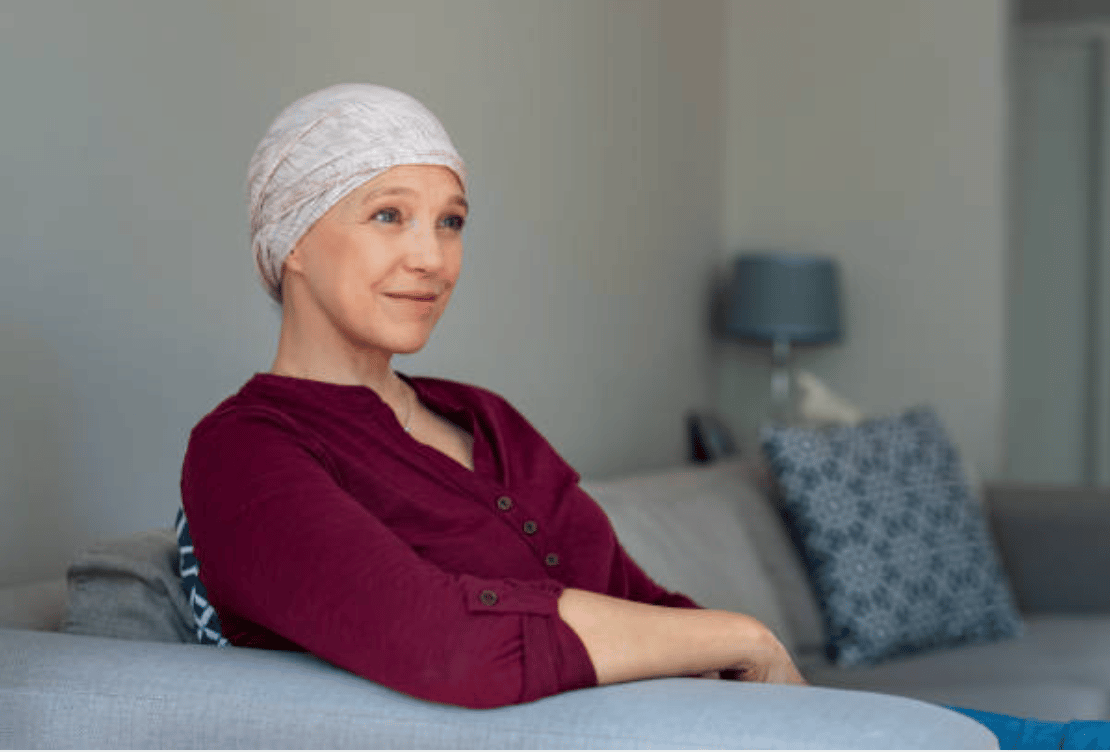What is radiation therapy?

At Summit Healthcare, we offer radiation therapy as a treatment for those who are diagnosed with cancer. Radiation therapy, also known as radiation oncology or therapeutic radiology, uses radiation to treat cancer as well as other diseases. Radiation therapy falls under the branch of medicine known as oncology. Oncology involves the diagnosis and treatment of cancer. Due to recent advancements in medicine and technology we have been able to treat cancer with precision and efficiency like never before.
How radiation works
Radiation comes in various forms and kills cancer cells by preventing them from multiplying. Oncologists can deliver radiation with incredible accuracy which allows them to target tumors while leaving healthy tissue unharmed. Patients can receive therapeutic radiology to cure, control, or alleviate some of the symptoms associated with cancer. Additionally, radiation therapy may be able to eliminate the need for surgery altogether.
What are the Different Kinds of Radiation?
There are two primary types of radiation therapy, external beam and internal, which we have outlined here. The type of therapy that a patient needs is determined by several factors. These include:
- The type of cancer.
- The location of the cancerous growth in the body.
- The proximity of the tumor in relation to healthy tissues that may be sensitive to radiation.
- The size of the tumor.
- The patient’s medical history and general health.
- Other types of cancer treatment that may be necessary.
Is Radiation Therapy Safe?
Understandably, patients may have concerns about the safety of radiation therapy and the use of high-doses of radioactive particles. Several studies have been performed on radiation therapies, and adjustments to safety protocols have also been made in the 100+ years that doctors have been performing these treatments. Advancements such as new safety regulations and periodic “checkpoints” throughout the course of treatment have improved patient outcomes and confidence in this therapy.
Doctors take great care in devising treatment plans that involve radiation therapy. The general rule of thumb is ALARA, ”as low as reasonably achievable.” This means that the patient receives the lowest dose of radiation that can effectively destroy cancer cells. During radiation treatments, parts of the body that are not being targeted are covered to prevent exposure to radiation. Through the course of treatment, the care team also reviews the treatment plan regularly to ensure that the best dose of radiation is being administered at each visit.
How does radiation work against cancer?
Radiation is energy that is carried by particles or beams. This energy targets the DNA (genes) in cancer cells. Since the genes of each cell are what drives them to grow or divide, damage within the genes of cancer cells affects their viability. Unable to grow, the cancerous tumor should shrink.
Cancer We Treat With Radiation
Here at Summit Healthcare Cancer Center, we treat a wide range of cancers. The types of cancer that we can treat with radiation include:
- Breast
- Brain tumors
- Colorectal
- Head and neck
- Lung
- Prostate
Types of Radiation Oncology
Radiation oncology can be split into two categories, external beam radiation and internal radiation therapy. The first type, external beam radiation, is delivered through a beam of high-energy radiation. A linear accelerator produces a beam that targets the tumor within the body. Patients receive external radiation in limited doses and treatment sessions are complete in about a half hour. While the accelerator makes noises while operating, patients report that the procedure is painless.
In contrast, patients can receive internal therapy. This type of radiation, also known as brachytherapy, includes a radioactive source that is surgically implanted within the body. Doctors commonly place the source near or in the tumor to target the unhealthy cells. Our team will implant the radioactive source while the patient is under general anesthesia. They will then require a short hospital stay after implantation to make sure everything is operating smoothly. During an appointment at Summit Healthcare Cancer Center patients can go over which type of radiation is best to eliminate their tumor.
How does radiation make you feel?
Patients can expect to experience some degree of side effects from their radiation therapy. These effects may occur early during the treatment process, or they may not develop for months or years after treatment is complete. The intensity and kind of side effects depend on the dose and scheduling of treatment.
Early side effects are described as those that develop shortly after treatment begins. These may include fatigue, changes in the skin in the treatment area, and hair loss at the treatment site. Early side effects are treatable, usually mild, and are typically short-lived. However, they can affect the patient’s ability to maintain their normal activities. It is important to allow the body to rest as needed so healing can occur as expeditiously as possible. Once treatment ends, they usually resolve quickly.
Late side effects are described as those that develop long after treatment has occurred. These may include fatigue, cataracts, infertility, decreased mobility, skin sensitivity, and other conditions. Late side effects do not occur in every patient who receives radiation therapy. It is not possible to determine who may or may not develop conditions related to their cancer treatment. The care team creates each patient’s treatment plan with two objectives: first, to destroy the cancerous tumor and, second, to avoid long-term side effects as much as possible.
The Radiation Therapy Process

Although each facility may have specific protocols in place, generally, radiation oncology procedures include a treatment plan. First, our care team at Summit Healthcare Cancer Center will take initial scans, including X-rays and a CT scan. We will work together with a dosimetrist who will determine the amount of radiation and duration of treatment. Once the treatment plan is complete, treatment will begin.
To help set up the actual treatment, our treatment team will map out the position the patient will be in for each treatment with the aid of molds, headrests, or other devices.
Sometimes, we mark the treatment area on the body to ensure the radiation beam will target the exact area. In addition, special shields are sometimes in place to help focus the radiation and protect surrounding tissue.
During treatment, radiation prevents cancer cells from reproducing by damaging the DNA of the cell. The cells will die and the body will absorb them with no harm to the patient. Depending on the treatment plan, radiology can be done alone or in conjunction with other treatment including chemotherapy or surgery.
Patient Testimonial
"The ER is FABULOUS!!! Everyone working there are wonderful, hard working people. I appreciate everything they did for myself and family and everything they do for our community!!!! Thank you so much!"
Radiation Therapy Side Effects
Patients do not feel pain when receiving radiation, however, they may experience side effects as a result of treatment. The side effects will vary based on the location and type of cancer that the radiation is treating. Additionally, there is an extremely low risk that additional tumors will result from the radiation. The possibility of curing cancer and the tumor disappearing outweighs the risk of developing additional tumors.
Will I lose my hair?

Hair loss can occur during radiation therapy, but is usually limited to the part of the body receiving treatment. We typically expect hair to regrow once treatment is complete and the body returns to a state of improved health.
Can I work and continue my regular activities during radiation treatment?
Many patients undergoing radiation treatment continue working, at least for some time. How long this can continue is dependent on several factors, including the area of the body receiving treatment, the type of radiation, its dose, and whether or not the patient is also receiving chemotherapy.
Patients are encouraged to maintain some degree of physical exercise throughout their course of treatment. Many patients feel that remaining active through daily walks or moderately vigorous exercise helps them tolerate their cancer treatment better. The treatment team may advise against swimming and sauna use during radiation treatment due to potential skin reactions.
When planning cancer treatment, the oncologist and other members of the treatment team are mindful about potential side effects and how they can affect work and other normal activities. It is important that patients have the best possible idea of what to expect and we do our best to set realistic expectations, knowing that every person can respond differently to their course of care.
